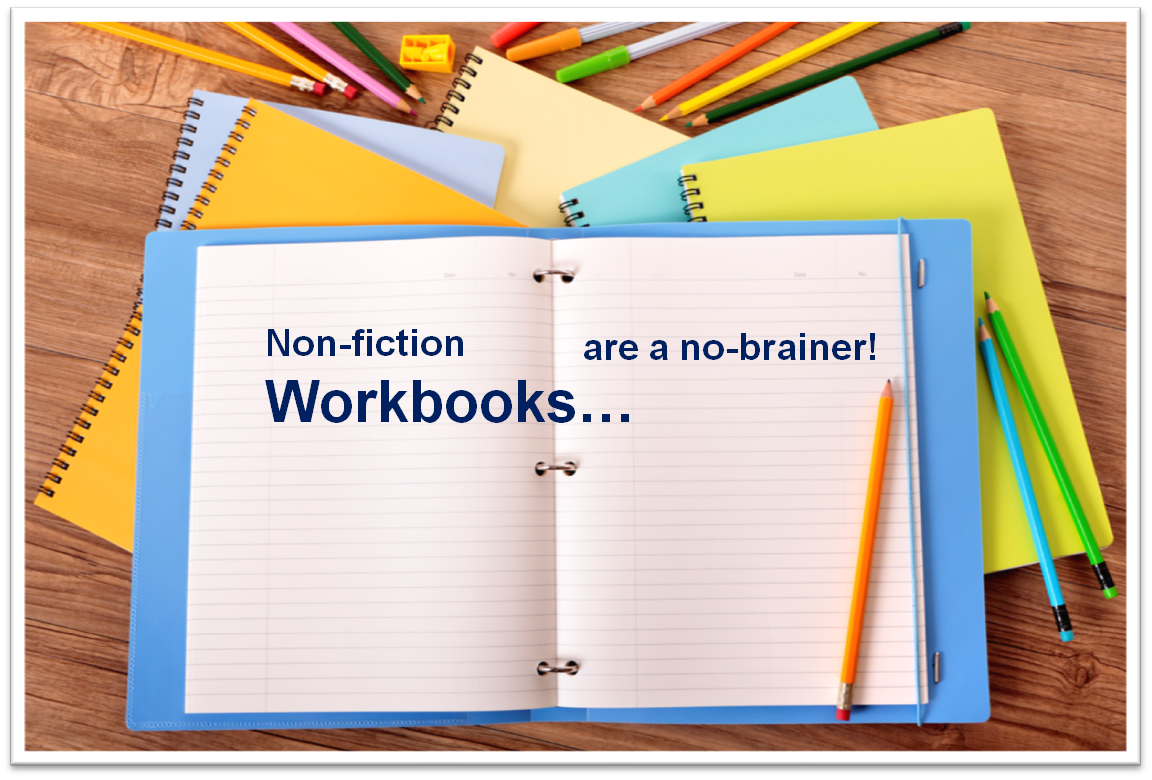While it's true that independent authors make more money on digital books than hard copy, traditional publishing can offer additional income through add-on books. If your non-fiction work is in the self-help category, or if it teaches how to do something, creating a companion workbook can give you another income stream. Older books can benefit from this treatment, as well. If your book's been out for six months or more, publishing a workbook that features your non-fiction book can uncover additional sources of readership you might never have found before. 
Get into the Teaching Mode
All non-fiction books aim to teach something, whether it's the history of microbrews or tips for container gardening. Any how-to book is a good basis for creating a workbook. When you wrote your book you probably began with a detailed outline, showing a roadmap to get through all the details of your topic. You took this outline and fleshed it out to create a finished manuscript. The act of creating a workbook takes this practice and turns it on its head. Take the basic outline of your book, or the table of contents, and read through each chapter with an aim toward gleaning the most important points from each part. Each chapter should provide two or three lessons, the sum of which add up to the meat of your book.
Formatting the Workbook
Formatting is a tough job that many authors leave to the pros. It's a complicated process, but you should give advice and feedback to the person who does this job for you. The most important point is to leave blank lines after each lesson, to allow readers to add their own notes and takeaways throughout the book. Set up the book into a series of small sections, and follow each section with ten blank lines or a large blank page. If your topics lends itself to the look, add some stock icons on each blank page to indicate where the readers should add their own notes.
Marketing a Companion Workbook
Creating a companion piece along with your original book is a smart book marketing idea, since you can use the same designer and cover artist for both books. Publish them side by side and offer discounts for sets of the books. If your book is older, advertise it to your mailing list and market it on blogs and social media groups that are interested in your subject matter. Cover the same marketing ground you went over the first time, but this time emphasize the extra usefulness of the workbook combined with your eBook or softcover book.
Keep the Faith and may the Force be with You!




